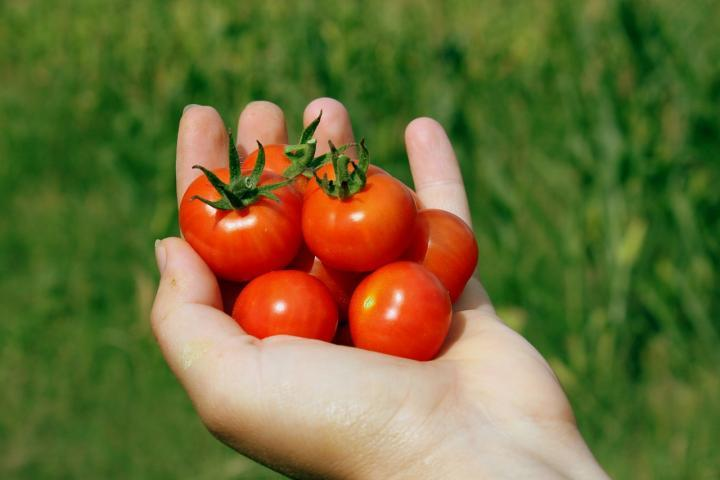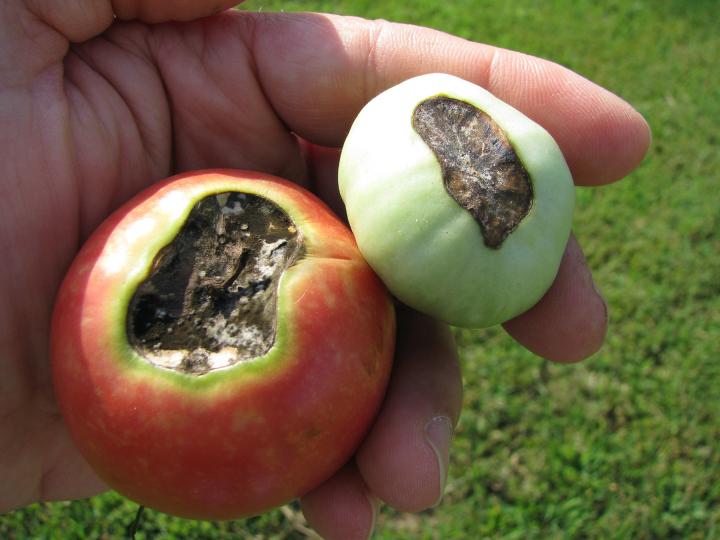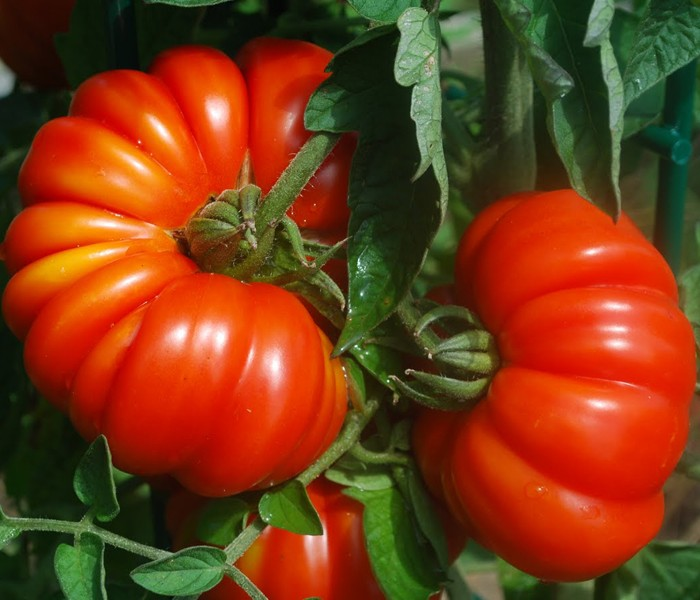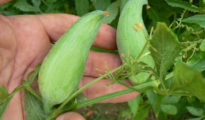Want to learn how to grow tomatoes in Texas? We've got the perfect gardening guide for you! If you're a gardener in Texas, you may be wondering how to grow tomatoes that are both juicy and delicious. After all, Texas is known for its hot, humid summers, and tomatoes need sunlight and warmth to grow. However, with a little care and attention, you can definitely grow tomatoes in Texas that will make your taste buds happy. Here's what you need to know.

How to Grow Tomatoes in Texas
Choose the Right Variety of Tomato
There are literally hundreds of different varieties of tomatoes, so it's important to choose one that will do well in the Texas heat. Some good varieties to try include ‘Early Girl,' ‘Rutgers,' ‘Porter,' and ‘Better Boy.'
Start From Seedlings or Transplants
You can either start your tomato plants from seedlings or buy transplants from a garden center. If you decide to start from seedlings, sow the seeds indoors about six to eight weeks before the last frost date. Then, transplant the seedlings into the garden after the last frost date has passed. If you choose to buy transplants, wait until after the last frost date to plant them in the garden.
Give Them Plenty of Sunlight and Water
Tomatoes need at least eight hours of sunlight per day, so make sure they are planted in an area of your garden that gets plenty of sun. Water them deeply and regularly; soil that is too dry or too wet can cause problems with tomato growth. A general rule of thumb is to give them about an inch of water per week, but you may need to water more frequently during periods of extended heat or drought.
Give Them Support
Support their stems as they grow taller by tying them loosely to wooden stakes or tomato cages. This will help prevent them from toppling over when they are laden with fruit later in the season. staking or caging system is necessary for indeterminate varieties (meaning they produce fruit all season long), but determinate varieties (meaning they produce fruit for a shorter period of time) can usually get by without any type assistance. Same as determinate varieties, but provide some kind of support anyway just in case. The main thing is not to let your tomato plants get too stressed out by the heat; if they do, they may stop producing fruit altogether.
Prune The Tomato Plants
Pruning tomato plants has a few benefits. For one, it helps to promote better air circulation around the plant, which reduces the risk of disease. It also encourages the plant to produce more fruit, and the fruit that does grow will be larger and healthier. Finally, pruning makes it easier to support the plants with cages or stakes, which is important because tomatoes are heavy fruits and can cause the stems to break if they're not supported properly.
Pruning Techniques
The first step in pruning tomato plants is to identify the main stem, also called the leader. This is the strongest stem on the plant, and it's the one that you want to keep intact. Once you've found the leader, you can start trimming away any side stems (also called suckers) that are growing out from the leaf axils (the point where leaves meet stems). These side stems don't produce fruit, so there's no need to keep them. Just snip them off with a pair of sharp gardening shears.
As your tomato plants continue to grow throughout the season, you'll need to keep an eye on them and remove any new side stems that pop up. Eventually, you'll also need to trim away any leaves that are touching the ground, as these can act as sites for disease transmission. Remember to always use clean gardening shears when pruning your tomato plants!
Tomato Pests and Diseases

Tomatoes are a gardener's favorite, but they can be susceptible to pests and diseases. Here are the top 5 tomato pests and diseases, along with tips on how to deal with them. Get ahead of these tomato problems to keep your tomatoes growing healthy!
- Aphids
Aphids are small, soft-bodied insects that feed on plant sap. They are commonly found on the undersides of leaves and can cause stunted growth, distorted leaves, and yellowing of the foliage. To control aphids, try planting garlic or onion near your tomatoes as they are natural repellents. You can also blast them off with a strong stream of water from the hose or try an insecticidal soap. - Cutworms
Cutworms are the larvae of various types of moths and they get their name from their habit of cutting off young plants at the base of the stem. They are usually active at night and hide in the soil during the day. To prevent cutworms, place a cardboard collar around the base of each plant. If you already have cutworms, pick them off by hand and dispose of them in soapy water. You can also try using diatomaceous earth or a BT caterpillar killer. - Early Blight
Early blight is a fungal disease that affects both the leaves and fruit of tomato plants. The fungus survives in infected debris left over from the previous year's crop, so it's important to practice crop rotation if you have this problem. Symptoms include brown or black spots on the leaves, wilting leaves, and premature fruit drop. To control early blight, remove infected leaves and Destroy them. You can also try using a copper fungicide or neem oil as a preventative measure. - Fruit Worms
Fruit worms are the larvae of various types of moths and butterflies and they will bore into fruits to feed on them from the inside out. The most common type is the tomato fruitworm, which is greenish-brown with black stripes running lengthwise down its body. To control fruit worms, pick them off by hand as soon as you see them and dispose of them in soapy water. You can also try using an insecticidal soap or neem oil as a preventative measure.
With a little care and attention, you can definitely grow tomatoes in Texas that will make your taste buds happy. Just make sure to choose the right variety of tomato, start from seedlings or transplants, give them plenty of sunlight and water, and provide some kind of support as they grow taller. With these tips , you'll be harvesting delicious Texas tomatoes before you know it!



















